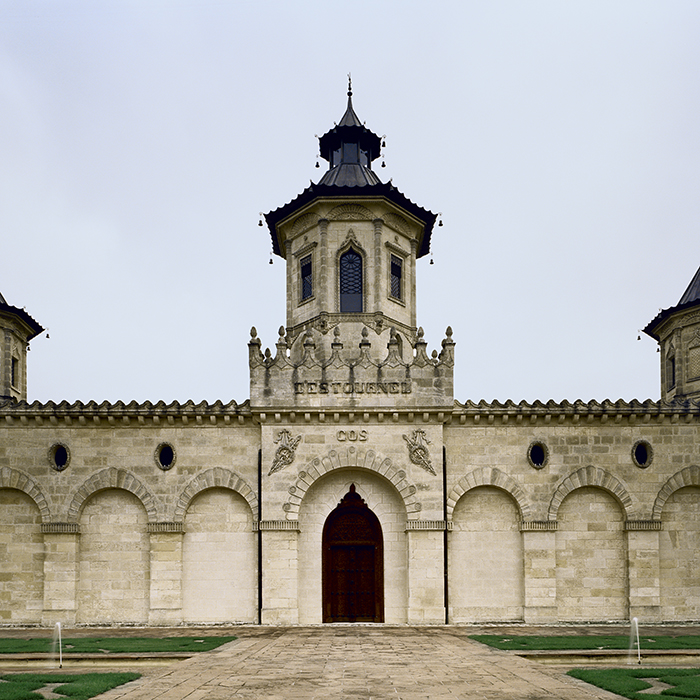Bordeaux 2018: a winemaker’s vintage
Author: Mark Pardoe MW

Thursday was an early start for the Berry Bros. & Rudd team, heading north in the Médoc for a breakfast time appointment at Château Meyney, the first of several in St Estèphe that day. Here, and then subsequently at Châteaux Calon Ségur, Montrose, Cos d’Estournel and Lafon-Rochet, we uncovered some of the jewels of 2018. All, in their own way, performed exceptionally.
The best vineyards squat close to the river south of the hamlet of St Estèphe, before curling inland along the border with Pauillac. Being the most northerly of the great communes of Bordeaux, the climate is slightly cooler and this personality is amplified by the rich and complex clays across the vineyards closest to the Gironde estuary.
All these elements help to moderate temperatures and the clays hold lots of water, with the result that St Estèphe is often a top performer in hot and dry vintages, and 2018 seems to be no exception. Every visit revealed wines of composure, balance and purity, with complexity also developing as one tasted up the quality hierarchy. Cos d’Estournel this year appears positively intellectual and Basil Tesseron’s glee at having made the wine of his dreams at Lafon-Rochet was heart-warming. Final confirmation of St Estèphe’s excellence was confirmed by an irresistible Ormes de Pez, tasted later at Lynch-Bages. All the signs are that this is a very fine year for St Estèphe.
But even in St Estèphe, care was necessary throughout the winemaking process in such an extraordinary vintage. Whether harvested early or late, the fruit that arrived in the winery was warm and full of colour and tannin. Simply applying the standard or usual winemaking techniques risked turning the joyously ripe and healthy grapes into cumbersome and uninteresting wines. The need to be flexible during the fermentation process is another example of why 2018 is such a technical year, with success determined by the right decisions at crucial moments.
The best wines in 2018, especially on the Left Bank, come from the addresses that realised a light touch was required during the fermentation process. Red wine’s colour and structure comes from the contact between the grape juice and the grape skins before, during and, sometimes, after fermentation. In a vintage as super-ripe as 2018 (so ripe that the pips were brown before the end of August – unheard of!), the high levels of alcohol would act as a solvent and leach huge quantities of tannin and colour from the skins.
Colour is also traditionally extracted by pushing the cap of grape skins down into the fermenting juice (pigeage), spraying the juice or fermenting wine over the skins by pumping up the liquid from the bottom of the tank (remontage), or completely emptying the tank to leave all the skins at the bottom, then reintroducing the juice over the settled cap (délestage, or rack and return).
Almost universally, pigeage was deemed to be too aggressive a process and was rarely used, if at all in 2018. Remontage seems to have been the most favoured process, but its occurrence was either reduced (as at Calon Ségur, for an understated but confident wine) or shortened (as at Montrose). At Cos d’Estournel, the preference was to lower the temperature to slow down the extraction process, resulting in one of the most successful wines of the vintage. Délestage seems to have been rarely used qualitatively this year; but whatever the process selected, this is a year for an intelligent and gentle hand, a further illustration of 2018 as a technical vintage.
Our last afternoon was spent in Pauillac, where special mention should be made of the Lynch-Bages range. Ormes de Pez is name-checked above, but this seems to be a vintage made for Lynch’s friendly, generous and welcoming style. Every technique described above was considered, tested or applied to their 2018s, and the result will be a treat for all the château’s loyal followers.
This evening our team flies back to the UK. Read Mark’s final report from the trip on Monday, or read all our coverage of Bordeaux 2018 here.


